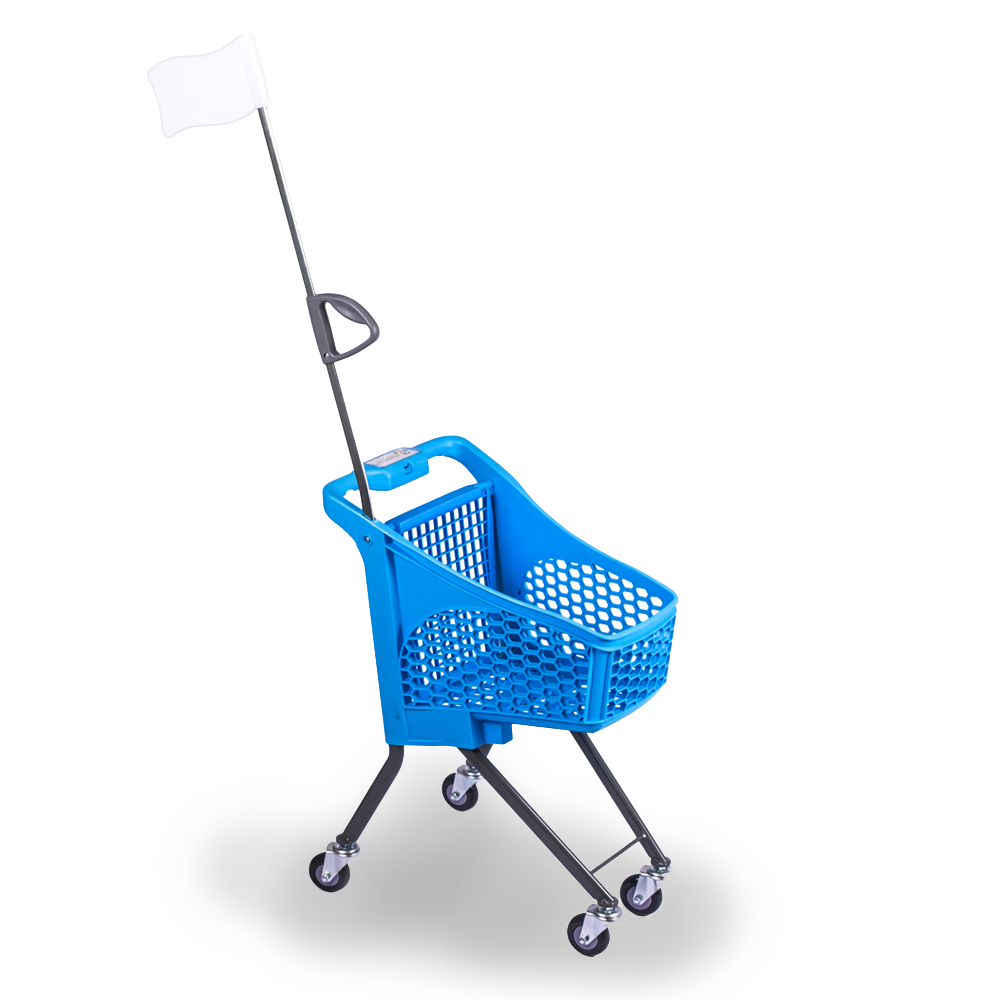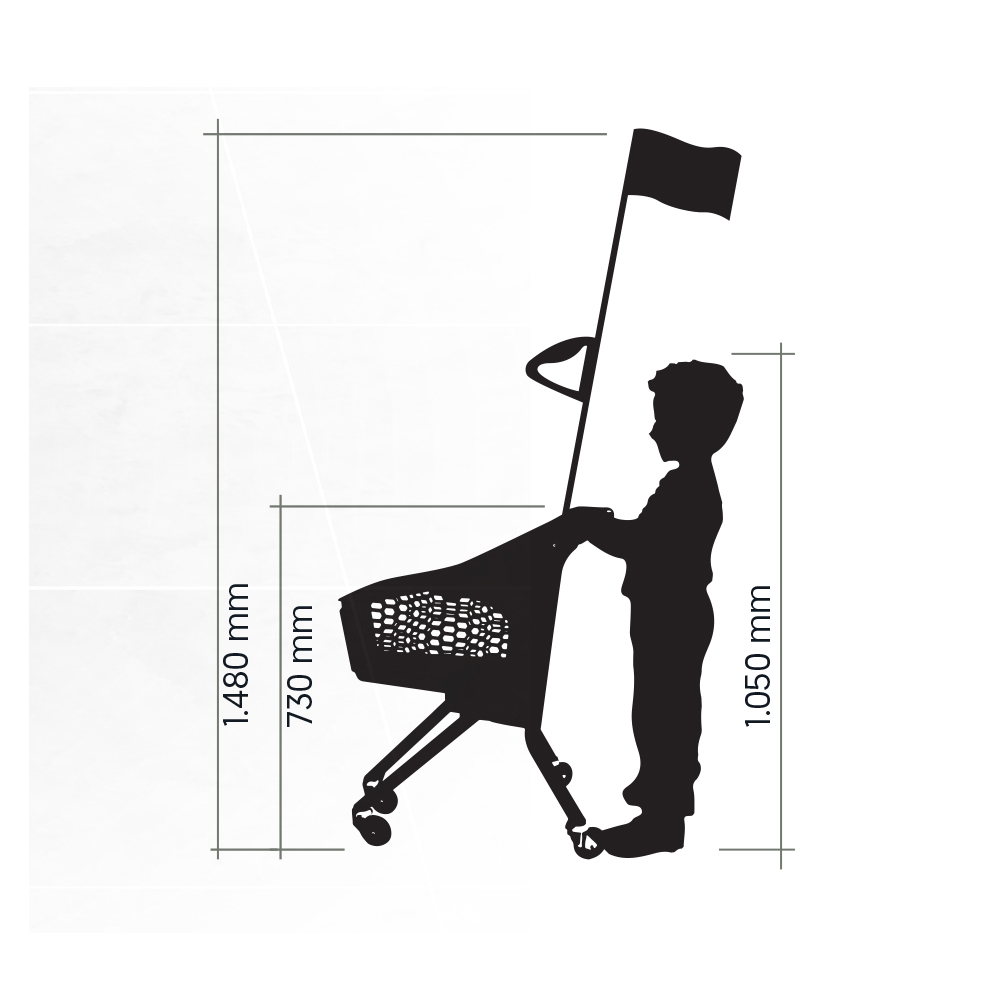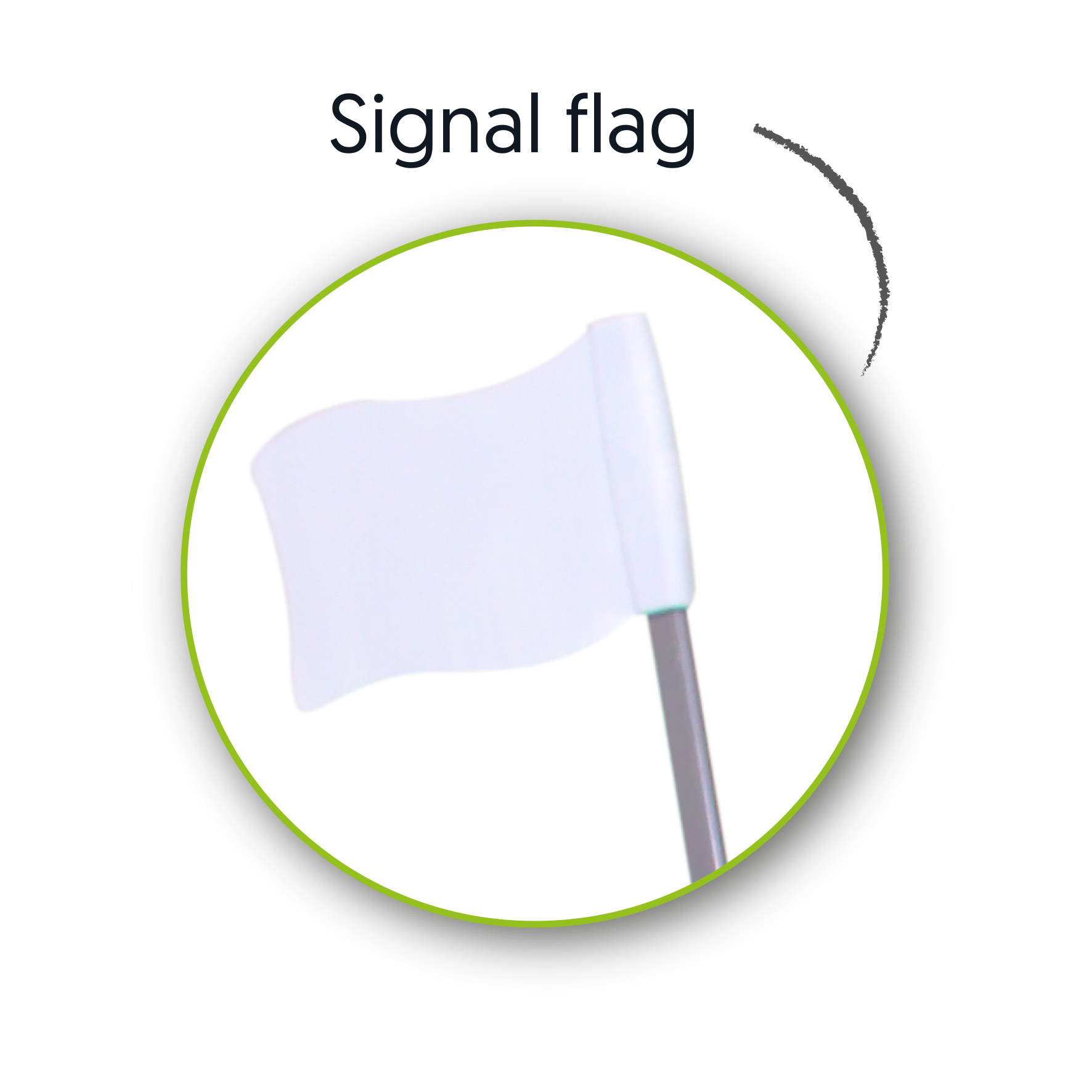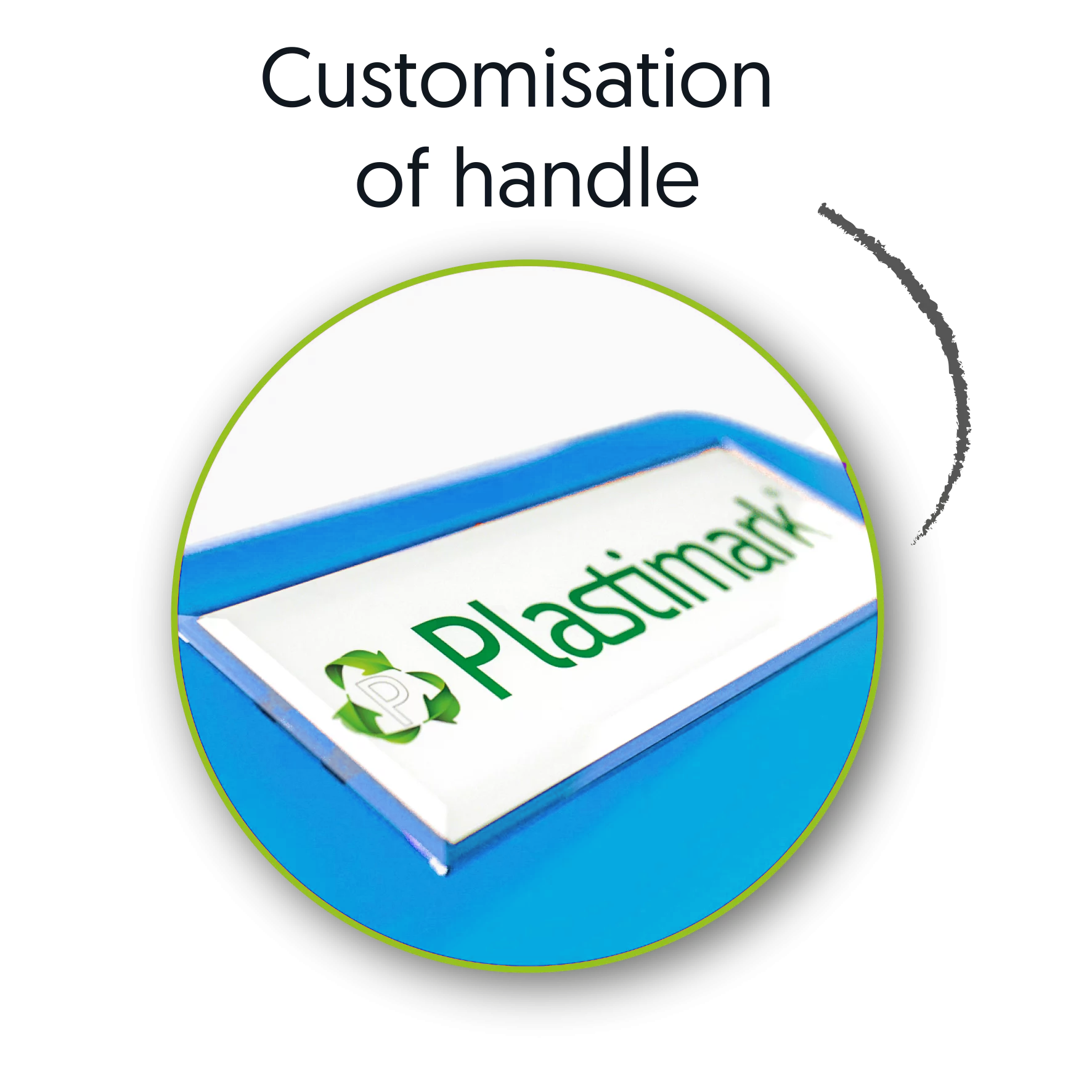Baby Trolley
Miniature shopping trolleys for the little helpers who will become tomorrow’s customers.
A hybrid fun product with a 25-litre capacity, colourful and customisable with customer logo and signal flag.
Characteristics
Capacity: 25 lt
Width: 375 mm
Height: 730 mm – 1.480 mm with flag
Depth: 600 mm
Nesting Capacity: 190 mm
Weight: 5,46 kg
Colours
Basket
● RED
● CYAN
● GREY
● GREEN
Packaging:
10 pz / package of 2.210x375x730 mm




